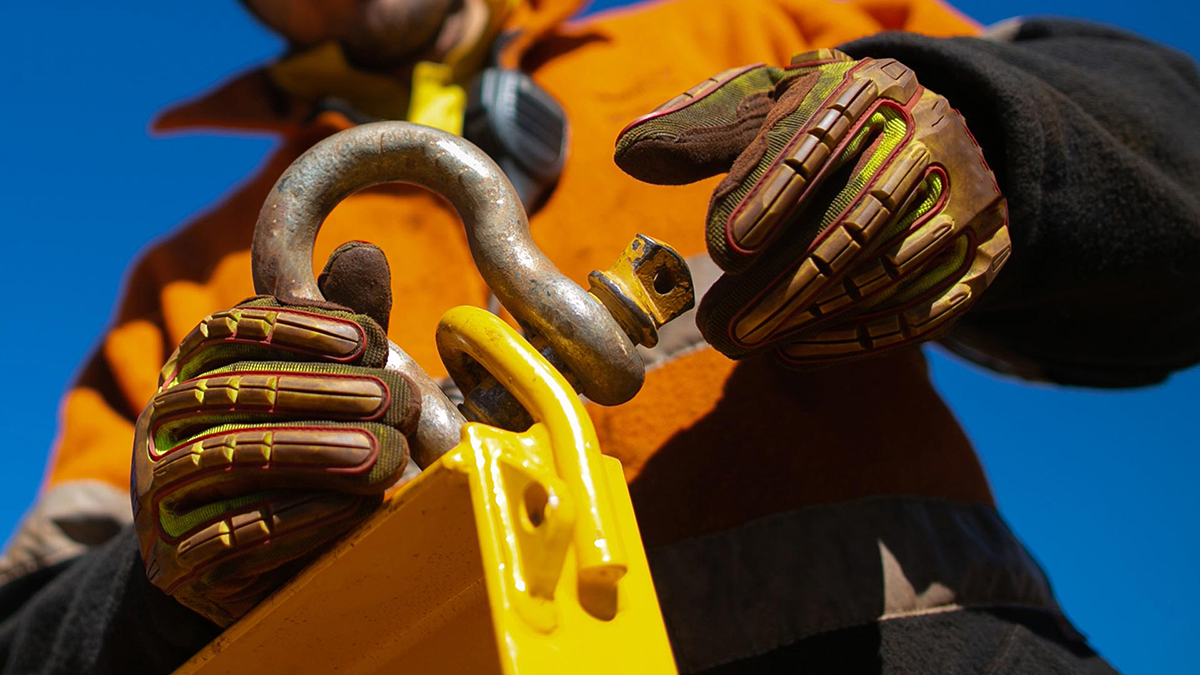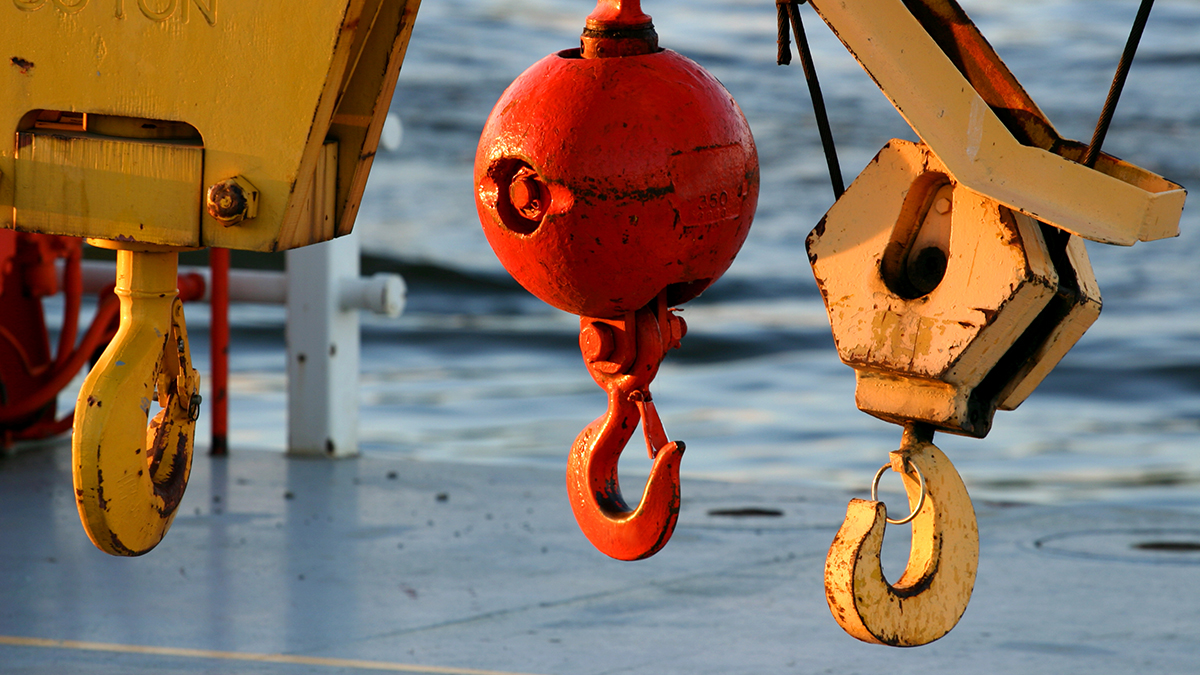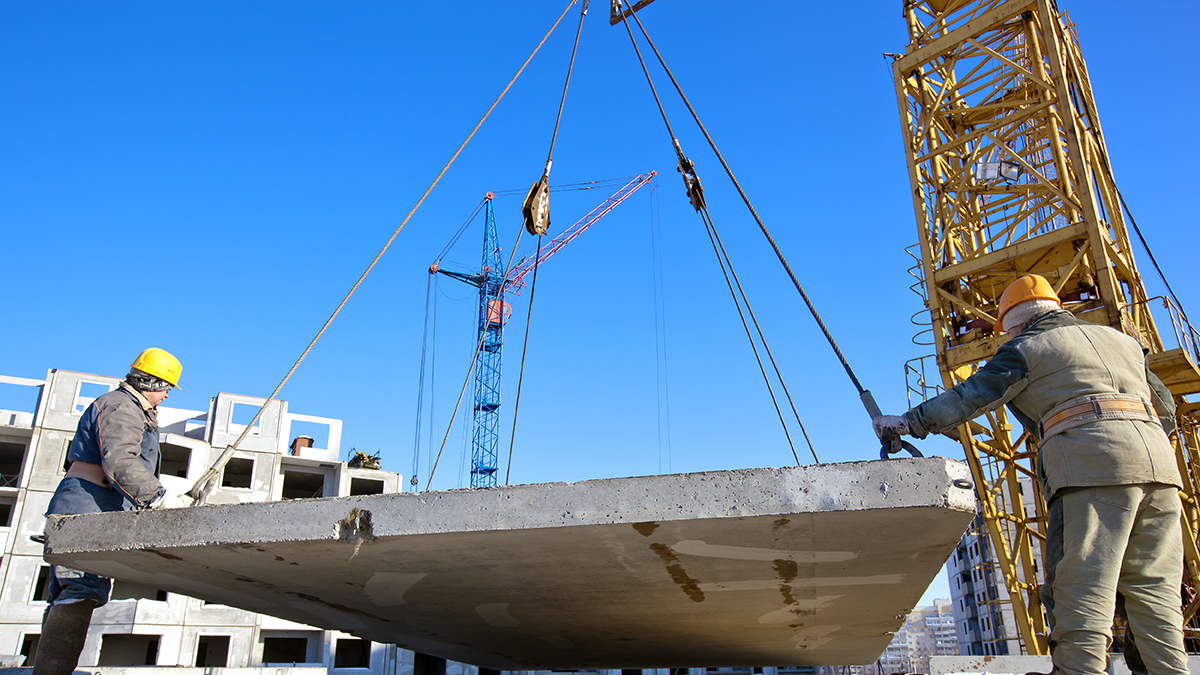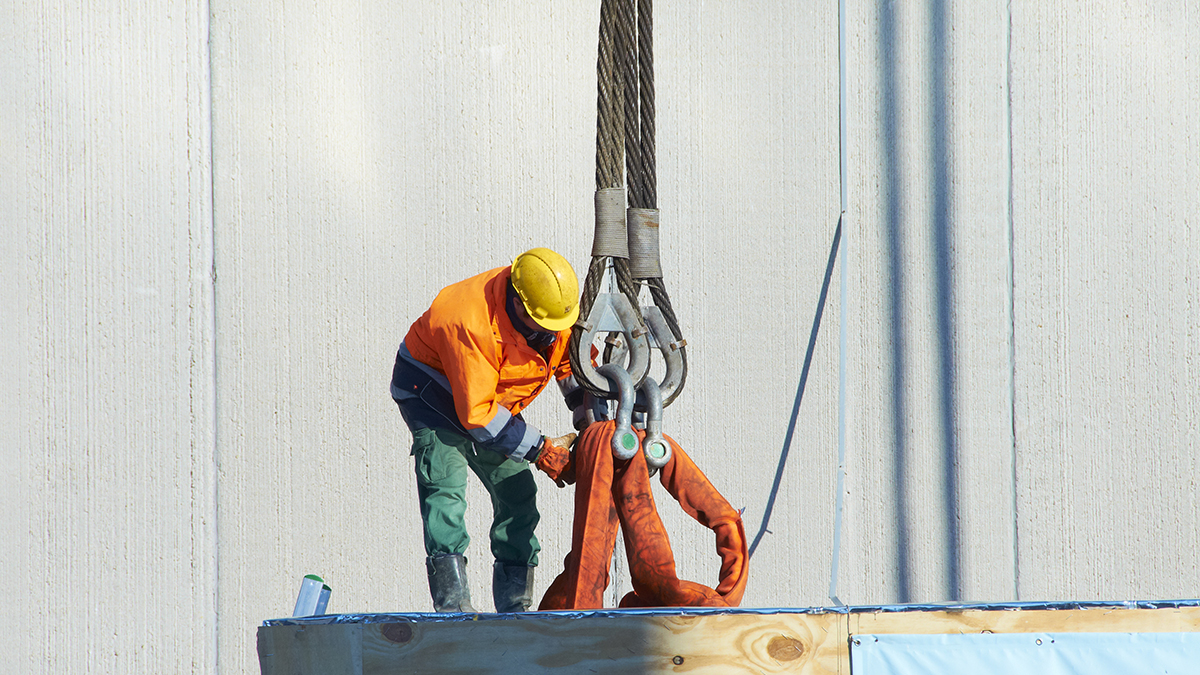A certified rigger is a worker who has undergone the proper training to become certified…

Tasks a Rigger Performs
The rigger is a very important part of any heavy equipment team. More than just a driver, a rigger performs six different but essential heavy equipment tasks every day. Here are those six tasks.
- Lifting – A rigger uses hoists and pulleys to lift heavy items such as equipment, loads, and cargo. To accomplish this task, they may provide the mechanical, electrical, and other tools to accomplish the lifting on the job site.
- Moving – A rigger is responsible for moving heavy loads from one end of a work site to another. This may entail using a crane to lift and move large boxes, vehicles, or other heavy cargo on a dock, in a warehouse, or across a construction site.
- Transporting – Riggers are also responsible for transporting heavy equipment, machinery, and cargo. This could involve the use of flatbed trucks, cargo ships, and other heavy industrial equipment.
- Positioning – Sometimes, loads shift. A rigger is responsible for ensuring heavy loads do not shift during transport or, in the event that a shift has occurred, re-positioning loads for further transport.
- Pulling – Riggers are responsible for pulling loads and heavy equipment or cargo. That may entail the use of wenches, pullies, dollies, jacks, and other useful mechanical equipment.
- Security – Equipment security is very important. A rigger must ensure a load is safe and secure before, during, and after transport. This may involve securing a load with straps, bands, weights, and other equipment designed to keep cargo from shifting during transport or to ensure cargo isn’t burglarized or vandalized.
Heavy equipment riggers are a very important part of the heavy equipment team.




This Post Has 0 Comments